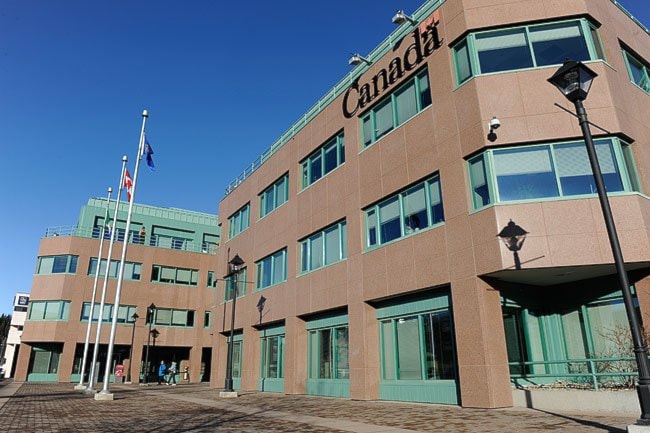The Yukon government posted a small deficit of $6.6 million in 2010-11, according to the finalized public accounts released on Monday.
But, with some hand-waving, Premier Darrell Pasloski made it sound as if the territory actually produced a modest surplus of $1.6 million.
He did so by issuing a news release that stuck to the consolidated figures, which lump in the assets of the territory’s Crown corporations.
You’d need to flip to the unconsolidated numbers - which go unmentioned in the release, but are the ones that MLAs focus on when they scrutinize spending - to see the government fell into the red for the second year in a row, following a deficit of $25.6 million in 2009-10.
Also inflated is the amount of money in the territory’s piggybank. The government has net financial resources, or savings, of just $28.4 million, compared to the rosy, consolidated figure of $169 million.
Subtract money once invested in asset-backed commercial paper, now valued at $26.4 million and locked up until 2017, and the territory’s left with savings of just $2 million.
This means the Yukon Party no longer has the luxury of continuing to spend far more money than it takes in, as was done under Dennis Fentie, unless it wants to give up its bragging rights as one of two Canadian jurisdictions - Alberta is the other - that has a savings account.
In March of 2008, the Yukon’s savings stood at $165 million. But Fentie withdrew $30 million in 2009, $67.5 million in 2010, and $39 million last year.
All of this doesn’t mean the territory is about to run out of money. The government had $124 million in cash at the end of last fiscal year.
But much of that is spoken for. The bulk is earmarked as future pension benefits for government workers.
That money isn’t needed right away. But, if the territory begins to spend it, it may end up digging a hole for future generations to clamber out of.
The territory could try to sell the investments that replaced asset-backed paper. But, if sold before maturation, the territory wouldn’t receive a full return on the $36 million it paid.
The Yukon Party has run up two deficits, if you stick to their current method of accrual accounting. But they’ve run up more if you follow the cash.
Yukon’s switch to accrual accounting in 2004-05 has made it possible for the territory to spend more money than it receives and still stay in the black. It does so by counting new buildings and bridges as assets, rather than liabilities.
Some of the big capital projects embarked on by the government include the new prison, ambulance base and waterfront developments in Whitehorse.
The territory’s also borrowed $170 million, to pay for the construction of new hospitals in Watson Lake and Dawson City, a new medical residence in Whitehorse, and to expand the Mayo hydroelectric facilities.
Several departments overshot their operations budgets last year.
Health and Social Services was the biggest culprit, going over by $2.3 million. The Yukon Housing Corporation blew its budget by $1.7 million. The Child and Youth Advocate office missed the mark by $17,000.
Contact John Thompson at
johnt@yukon-news.com.
